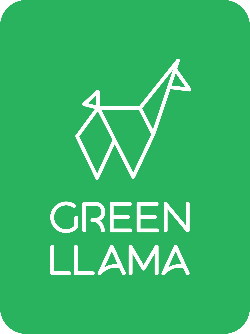How to Clean Stubborn Kitchen Grease Naturally (Without Harsh Degreasers)
by Kay Baker on Oct 13, 2025
How to Clean Stubborn Kitchen Grease Naturally (Without Harsh Degreasers)
Transparency note: Educational guidance with linked sources so you can check the science. Not legal or medical advice. 24-hour correction pledge – tell us if something looks off.
It’s the enemy of a clean kitchen – that sticky film near your stove that coats cabinets, backsplashes, and the range hood. When a simple wipe doesn’t touch it, you don’t have to trade clean air for harsh solvents. Use the right chemistry and you can cut through it safely.
The science of grease – why vinegar falls short
Grease is a lipid. Acids like vinegar shine on alkaline messes (think hard-water deposits), but they aren’t the best tool for oils. To remove grease you need surfactants – molecules with a water-loving head and oil-loving tail that form micelles around oils so they rinse away with water (American Cleaning Institute; Yale Medicine).
The Two-Step Method for Natural Grease Removal
Step 1 – Alkaline scrub (break the tough outer layer)
- Mix baking soda with a little warm water to make a thick paste.
- Spread on caked, sticky spots. Wait 5–10 minutes.
- Scrub with a damp, non-scratch sponge and wipe away the dirty paste.
Step 2 – Surfactant wash (lift and remove the grease)
- Add a good squirt of gentle, non-toxic dish soap to a bowl of hot water and agitate to make suds.
- Wash surfaces with a damp cloth, rinsing and repeating on very sticky areas.
- Rinse with clean water, then buff dry for a streak-free finish.
The Green Llama way
Soap + water works, but can leave residue. Our All-Purpose Cleaner uses high-performance, plant-based surfactants to cut grease and rinse clean – the perfect follow-up after the baking-soda step.
Quick FAQs
How do I clean the greasy range-hood filter? Soak the metal mesh in very hot water with a generous squirt of degreasing dish soap for ~30 minutes, scrub, rinse, and dry fully before reinstalling.
Can I just use an orange-based cleaner? Citrus solvent (d-limonene) cuts grease well, but it can irritate skin or airways in some people – ventilate and follow labels (NOAA CAMEO; EPA; WHO IPCS).
Why not vinegar for baked-on grease? It isn’t ideal for lipids. Save vinegar for mineral scale and glass; use heat + surfactants for grease removal (ACI).
References
- American Cleaning Institute – How cleaning works (surfactants & micelles).
- Yale Medicine – Why soap works.
- NOAA CAMEO Chemicals – d-Limonene safety profile.
- U.S. EPA – Limonene risk/irritation notes.
- WHO IPCS Environmental Health Criteria: Limonene.
EEAT & brand notes: Clear author/reviewer/date, linked primary sources, plain-language science, and a practical CTA. Questions or corrections? Contact help@greenllamaclean.com – we’ll update within 24 hours.





